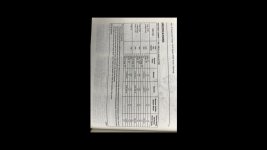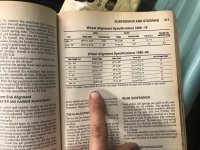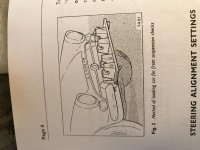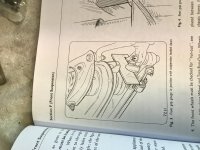In the rear it is definitely not horizontal between the yokes. Or if any were from the factory, I never saw it.
Even if they were though, then I say that after modifications to the suspension are made, the correct angle becomes even more critical.
So basically for a double-cardan joint you don't go by the output yoke of the transfer case, you go by the driveshaft itself as your reference line.
As James said it would optimally be inline with the driveshaft, but in the rear on our leaf spring vehicles and lots of "axle wrap" we've typically seen the best results from a rear pinion angle that's just below the centerline of the driveshaft. About 1 to 2 degrees down seems to work best.
Any more than that and you get vibrations under deceleration. Any less than that and you get vibrations under heavy acceleration.
If you have a 4-link suspension, or a semi-rigidly located setup like our radius arms in the front, then just aim the rear pinion right up into the shaft.
Although I've always heard that just a little offset gave the grease and needles just a little workout that kept them happy. Seems to not be needed here I suppose, since the book said zero degrees. In the case of leaf springs too, without any anti-wrap device, your rear-most joint still gets that "angularity workout" under normal use.
My stone stock U13 Roadster Dana 30 sits at 5 degree pinion inclination.
Just to be clear, that means that your front pinion is pointed 5° below the driveshaft centerline, correct?
And did you happen to check the rear while you were under there?
Thanks.
Paul














